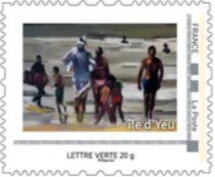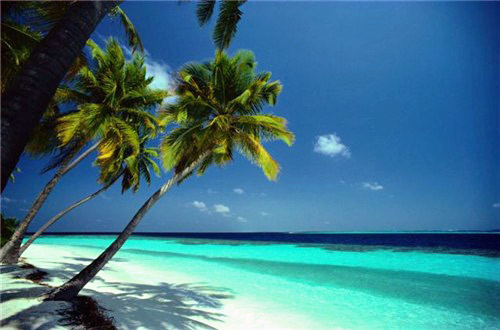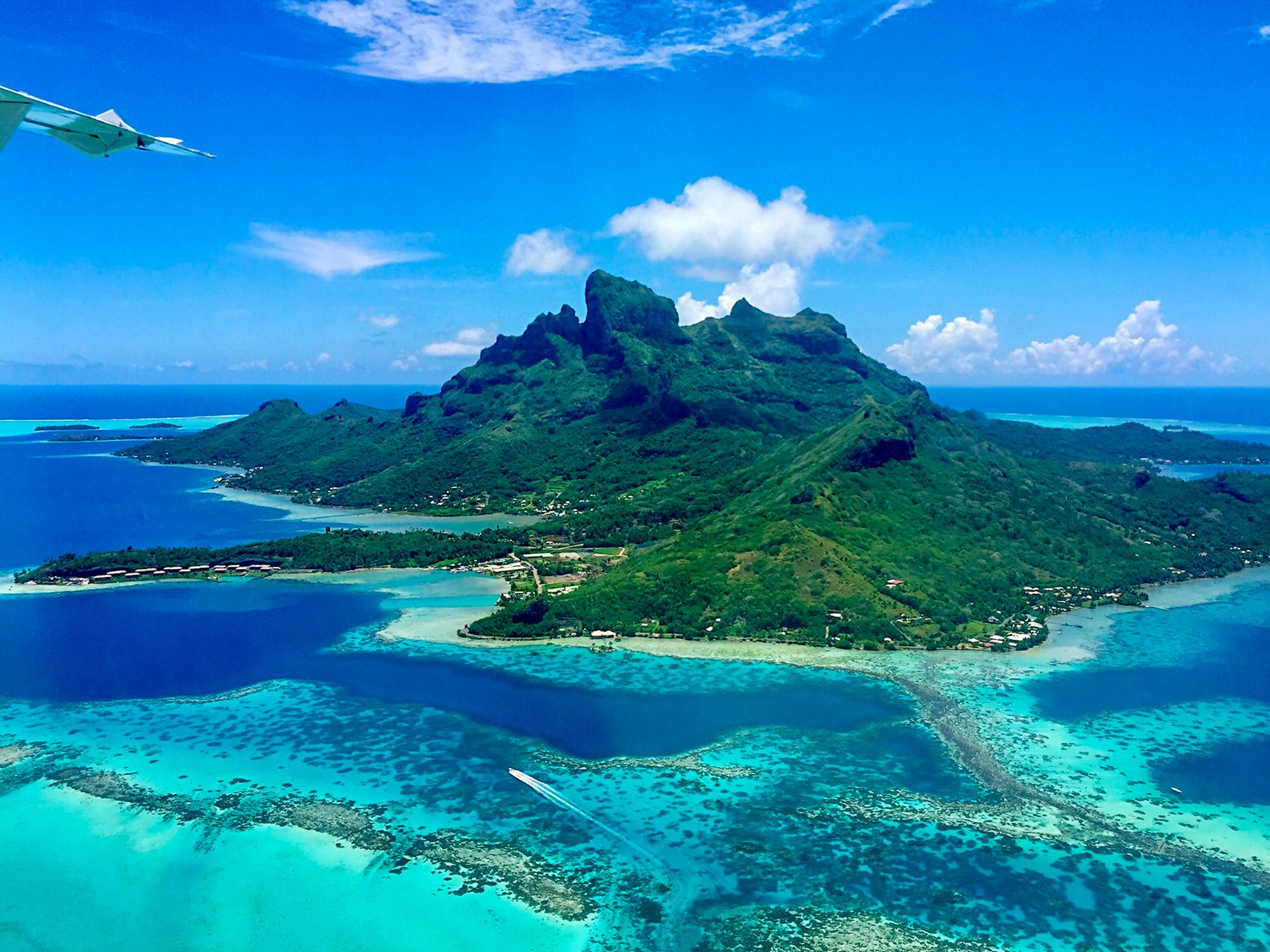Stamp: Ile de Yeu by Laurence de Menthiere (France 2023)
Ile de Yeu by Laurence de Menthiere (France 2023)
01 January (France ) within release Collectors : Ile de Yeu goes into circulation Stamp Ile de Yeu by Laurence de Menthiere face value Lettre No Face Value
| Stamp Ile de Yeu by Laurence de Menthiere in catalogues | |
|---|---|
| Colnect codes: | Col: FR-MON 2023-58/3 |
Stamp is square format.
Issued by Association Philatelique et Cartophile Challandaise.Also in the issue Collectors : Ile de Yeu:
- Stamp - Coat of Arms, Ile de Yeu face value Lettre;
- Stamp - Fishing Boat Targui, Ile de Yeu by D.Schony 1965 face value Monde;
- Stamp - Fishing Boat, Ile de Yeu by Evan face value Lettre;
- Stamp - Fishing Boat, Ile de Yeu by Jeanne face value Lettre;
- Stamp - Fishing Boat, Ile de Yeu by Lorys face value Lettre;
- Stamp - Fishing Boat, Ile de Yeu by Paul face value Lettre;
- Stamp - Ile de Yeu by Charlotte Tonnel face value Lettre;
- Mini Sheet - Ile de Yeu by Four Contemporary Artists face value 4*LettreVerte20;
- Stamp - Ile de Yeu by Laurence de Menthiere face value Lettre;
- Stamp - Ile de Yeu by Marie Housset face value Lettre;
- Stamp - Ile de Yeu by Victor Caslier face value Lettre;
- Stamp - Little Old Fog Horn Hut, La Pointe du But, Ile de Yeu face value Lettre;
- Stamp - Millstone Chapel, Ile de Yeu face value Lettre;
- Stamp - Old Castle, Ile de Yeu face value Lettre;
- Stamp - Street, Saint Saveur, Ile de Yeu face value Lettre;
Stamp Ile de Yeu by Laurence de Menthiere it reflects the thematic directions:
Art is a diverse range of human activities in creating visual, auditory or performing artifacts (artworks), expressing the author's imaginative or technical skill, intended to be appreciated for their beauty or emotional power. In their most general form these activities include the production of works of art, the criticism of art, the study of the history of art, and the aesthetic dissemination of art. The oldest documented forms of art are visual arts, which include creation of images or objects in fields including painting, sculpture, printmaking, photography, and other visual media. Architecture is often included as one of the visual arts; however, like the decorative arts, or advertising, it involves the creation of objects where the practical considerations of use are essential—in a way that they usually are not in a painting, for example. Music, theatre, film, dance, and other performing arts, as well as literature and other media such as interactive media, are included in a broader definition of art or the arts. Until the 17th century, art referred to any skill or mastery and was not differentiated from crafts or sciences. In modern usage after the 17th century, where aesthetic considerations are paramount, the fine arts are separated and distinguished from acquired skills in general, such as the decorative or applied arts.
A beach is a landform alongside a body of water which consists of loose particles. The particles composing a beach are typically made from rock, such as sand, gravel, shingle, pebbles, etc., or biological sources, such as mollusc shells or coralline algae. Sediments settle in different densities and structures, depending on the local wave action and weather, creating different textures, colors and gradients or layers of material.
An island or isle is a piece of land, distinct from a continent, completely surrounded by water. There are continental islands, which were formed by being split from a continent by plate tectonics, and oceanic islands, which have never been part of a continent. Oceanic islands can be formed from volcanic activity, grow into atolls from coral reefs, and form from sediment along shorelines, creating barrier islands. River islands can also form from sediment and debris in rivers. Artificial islands are those made by humans, including small rocky outcroppings built out of lagoons and large-scale land reclamation projects used for development.
Painting is the practice of applying paint, pigment, color or other medium to a solid surface (support base). The medium is commonly applied to the base with a brush, but other implements, such as knives, sponges, and airbrushes, can be used. Painting is a mode of creative expression, and the forms are numerous. Drawing, gesture (as in gestural painting), composition, narration (as in narrative art), or abstraction (as in abstract art), among other aesthetic modes, may serve to manifest the expressive and conceptual intention of the practitioner. Paintings can be naturalistic and representational (as in a still life or landscape painting), photographic, abstract, narrative, symbolistic (as in Symbolist art), emotive (as in Expressionism), or political in nature (as in Artivism). A portion of the history of painting in both Eastern and Western art is dominated by spiritual motifs and ideas. Examples of this kind of painting range from artwork depicting mythological figures on pottery, to Biblical scenes rendered on the interior walls and ceiling of the Sistine Chapel, to scenes from the life of Buddha or other images of Eastern religious origin. In art, the term painting describes both the act and the result of the action. The support for paintings includes such surfaces as walls, paper, canvas, wood, glass, lacquer, clay, leaf, copper and concrete, and the painting may incorporate multiple other materials including sand, clay, paper, plaster, gold leaf, as well as objects. The term painting is also used outside of art as a common trade among craftsmen and builders.
Summer is one of the four seasons. It is the hottest season of the year. In some places, summer is the wettest season (with the most rain), and in other places, it is a dry season. Four seasons are found in areas which are not too hot or too cold. Summer happens to the north and south sides of the Earth at opposite times of the year. In the north part of the world, summer takes place between the months of June and September, and in the south part of the world, it takes place between December and March. This is because when the north part of the Earth points towards the Sun, the south part points away.





